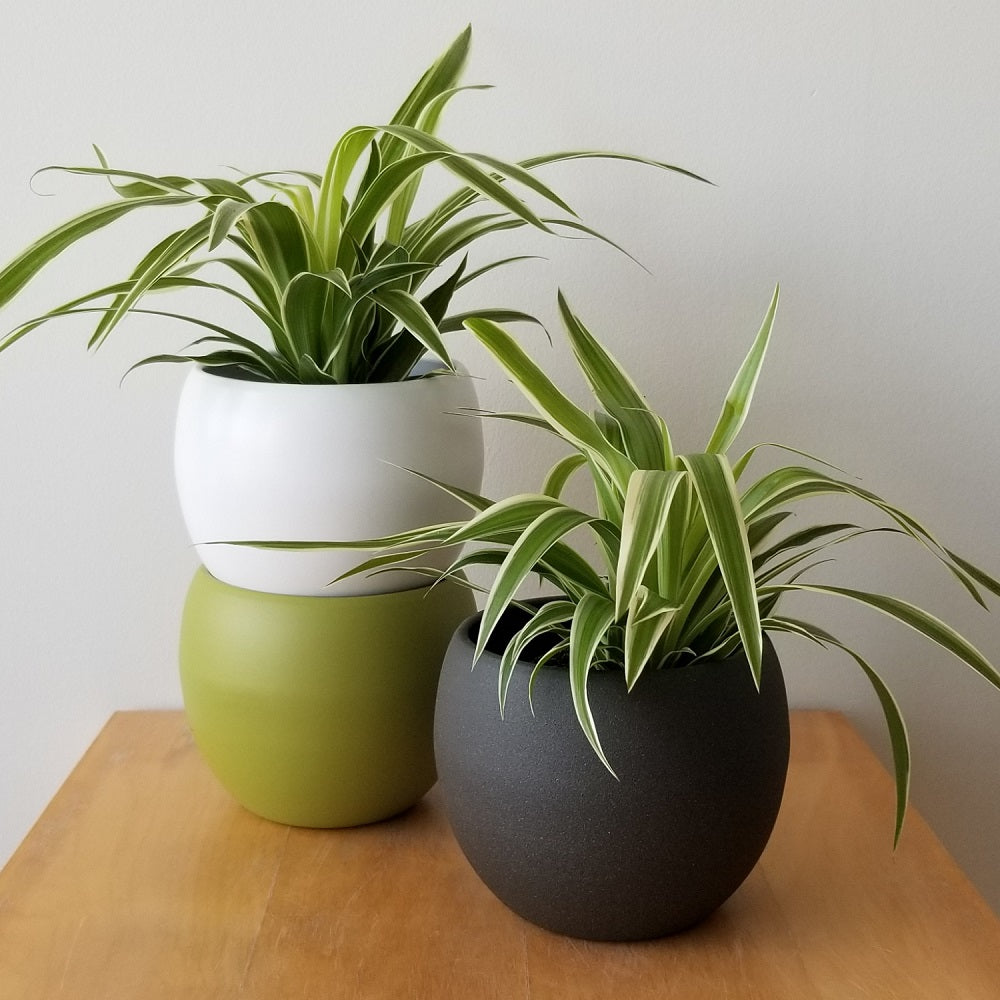
Introduction: Houseplants bring life and vibrancy to our homes, but along with them may come unwelcome guests - fungus gnats. These tiny, flying pests can be a nuisance, but fear not! In this comprehensive guide, we'll explore the world of fungus gnats, understand why they appear, and most importantly, learn effective methods to eliminate them, ensuring your houseplants thrive in a pest-free environment.
Understanding Fungus Gnats: Fungus gnats (Sciaridae family) are small, mosquito-like insects that often infest the soil of indoor plants. While adult gnats are harmless, their larvae can cause damage by feeding on plant roots and organic matter in the soil. The presence of these pests is often an indication of overly moist conditions and decaying organic material in the soil.
Signs of Infestation:
- Small, black flies hovering around plants.
- Tiny, worm-like larvae in the soil.
- Yellowing or wilting of plant leaves due to root damage.
Preventing Fungus Gnat Infestations:
-
Allow Soil to Dry: Fungus gnats thrive in moist environments. Allow the top inch of soil to dry before watering your plants.
-
Use Well-Draining Soil: Choose a well-draining potting mix to discourage the retention of excess moisture.
-
Remove Excess Organic Matter: Regularly clean up fallen leaves and other organic debris on the soil surface.
-
Avoid Overwatering: Stick to a consistent watering schedule, and ensure that excess water drains from the pots.
Getting Rid of Fungus Gnats:
-
Sticky Traps: Place yellow sticky traps near the infested plants to catch adult gnats in flight.
-
Let the Soil Dry Out: Allow the soil to dry out between waterings to disrupt the gnat life cycle.
-
Neem Oil: Apply neem oil to the soil surface. Neem oil has natural insecticidal properties and disrupts the larvae's development.
-
Beneficial Nematodes: Introduce beneficial nematodes to the soil. These microscopic organisms prey on the gnat larvae.
-
Cinnamon: Sprinkle cinnamon on the soil surface. It acts as a natural antifungal and discourages gnat larvae.
-
Hydrogen Peroxide Solution: Mix hydrogen peroxide with water (1:4) and water your plants with the solution. This can kill larvae and aerate the soil.
Maintaining a Gnat-Free Environment:
-
Regular Inspections: Periodically check the top layer of soil for signs of gnats, larvae, or excessive moisture.
-
Good Hygiene Practices: Keep your plant area clean and free of decaying plant material to discourage fungus gnat reproduction.
-
Quarantine New Plants: Before introducing new plants to your collection, inspect them thoroughly and consider keeping them separate for a few weeks.
Conclusion: Fungus gnats may test your patience, but armed with the right knowledge and proactive measures, you can bid them farewell. Regular monitoring, proper watering practices, and natural remedies will not only eliminate these pests but also contribute to the overall health and vitality of your indoor garden. Say goodbye to fungus gnats and welcome back a thriving, pest-free environment for your beloved houseplants!

